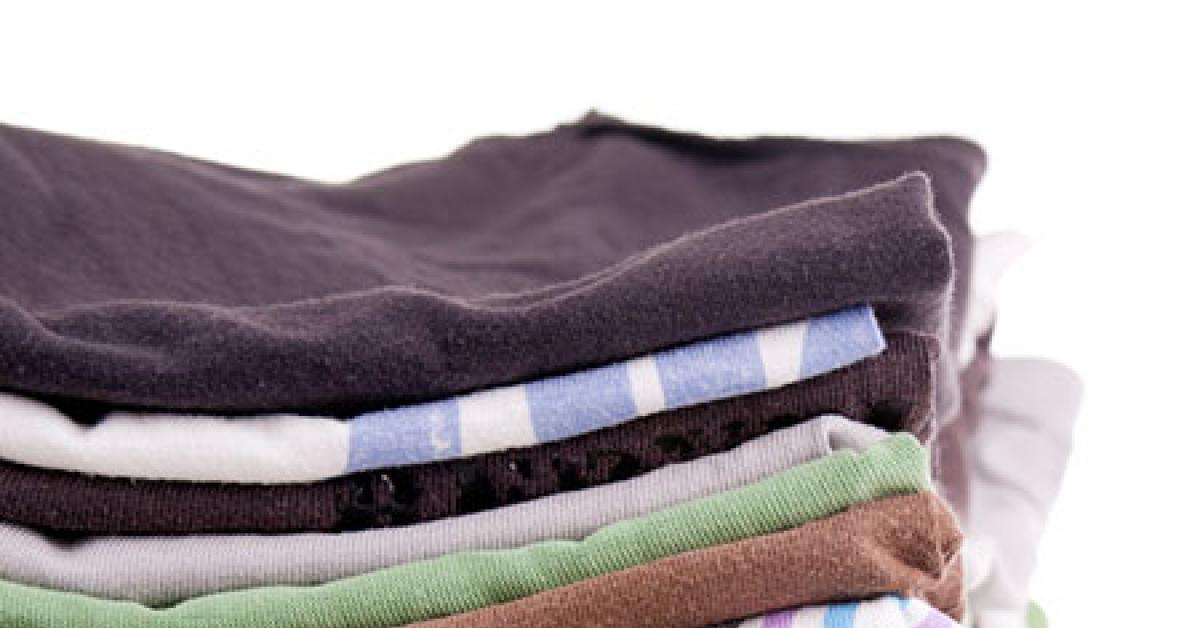ATLANTA — While roughly 60% of U.S. coin laundries offer some form of fluff and fold services, based on a recent survey by the Coin Laundry Association, an estimated 15% of dry cleaners do. That means there’s a tremendous opportunity for cleaners willing to offer this ancillary service, says Beverly Blank, who ran a successful wash-dry-fold business in the Los Angeles area for more than a decade.
Speaking during a Clean 2015 educational session sponsored by the Drycleaning & Laundry Institute, Blank laid out her concepts for developing a money-making service.
SERVICE OPTIONS
As for equipment needs, Blank favors the use of two or three front loaders per order.
“The average fluff and fold customer is probably in college up to 40, maybe 45 years of age, in general,” she says. “Those people will generally have 25 to maybe 50 pounds of laundry, depending on how often they do it. … In general, for fluff and fold, I’m a firm believer that maybe a 20-pound or 30-pound machine, and using two of those, is the perfect mix.”
Finally, she described several options for offering fluff and fold service, including processing the work at your drycleaning site, doing it at a nearby coin laundry, or subcontracting the work.
Perform Service On-site — “Doing fluff and fold at your own store will probably generate the most profits, but it requires the most [investment],” she says.
You’ll be able to maintain complete control of the process and develop a satisfied clientele that will tell others about your work, she explains, but you’ll need more staff, floor space and equipment to achieve this. Wash supplies, marketing and extra utility usage would be among the additional expenses.
Perform Service at Nearby Laundromat — Advantages would be no additional equipment cost or labor expenses, but any profit would be reduced by having to pay the retail price to use another company’s laundry equipment, plus one may see productivity sag because staffers are unsupervised, she says.
Farm Out the Service (A) — Contract with a company that performs the fluff and fold service for your company. You’ll not incur added staff, utilities, etc., but the delivery costs as part of the contract will eat into any profits to be made. Additionally, you’ll have little control over the provider’s performance.
Farm Out the Service (B) — Contract with a company that processes the fluff and fold goods, but you handle all customer pickup and delivery. Here, you maintain greater control of the process and serve as the face of the service.
Exchange of Services — Blank’s business partnered with a local dry cleaner in an exchange of services. Perhaps there is a possibility of reaching a mutual agreement with another business in your area, she says.
Blank believes that a dry cleaner offering fluff and fold should “charge whatever the market will bear.”
“We started out in 2001 at $1.50 a pound with a 20-pound minimum,” Blank says. “I now do up to $4 or $5 a pound. … There are many, many places where you can market both your dry cleaning and your fluff and fold, and I think people are leaving a lot of money on the table,” she says.
Miss Part 1? You can read it HERE.
Have a question or comment? E-mail our editor Dave Davis at [email protected].

